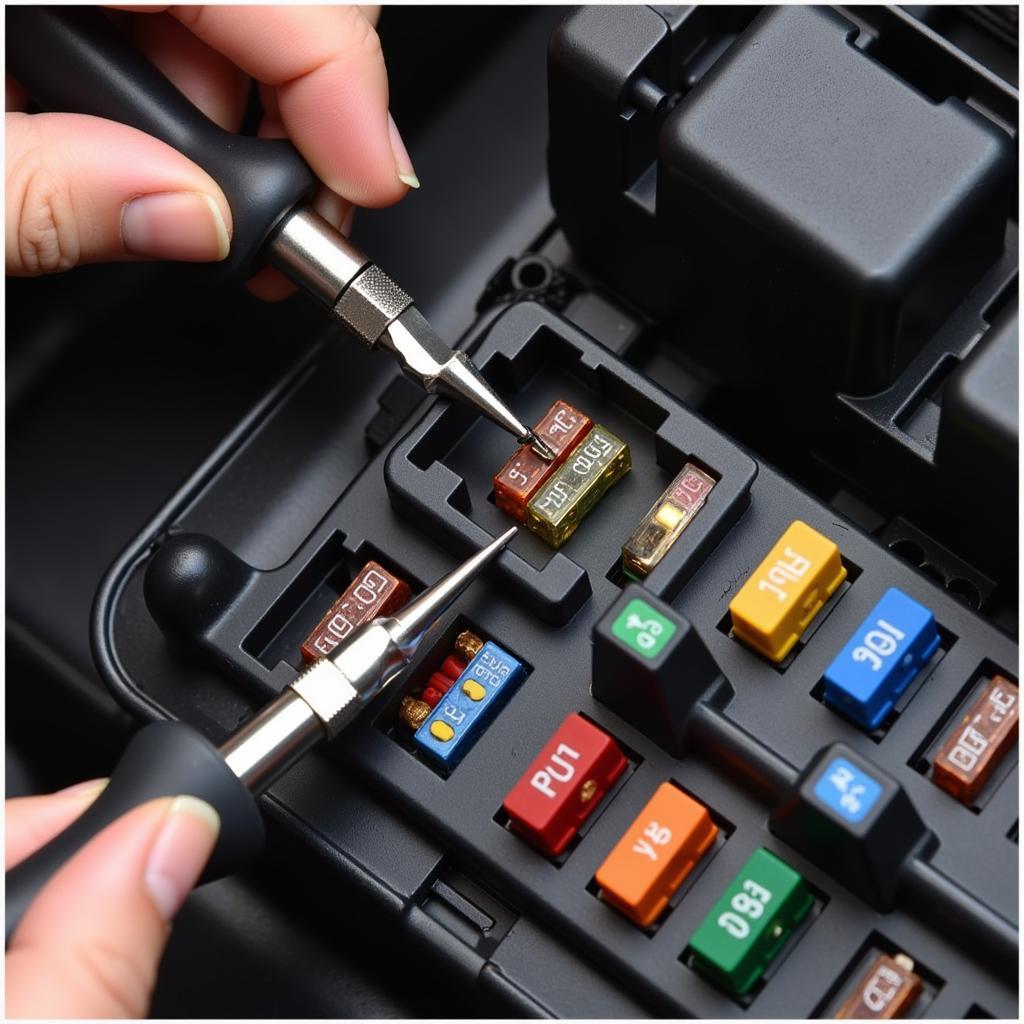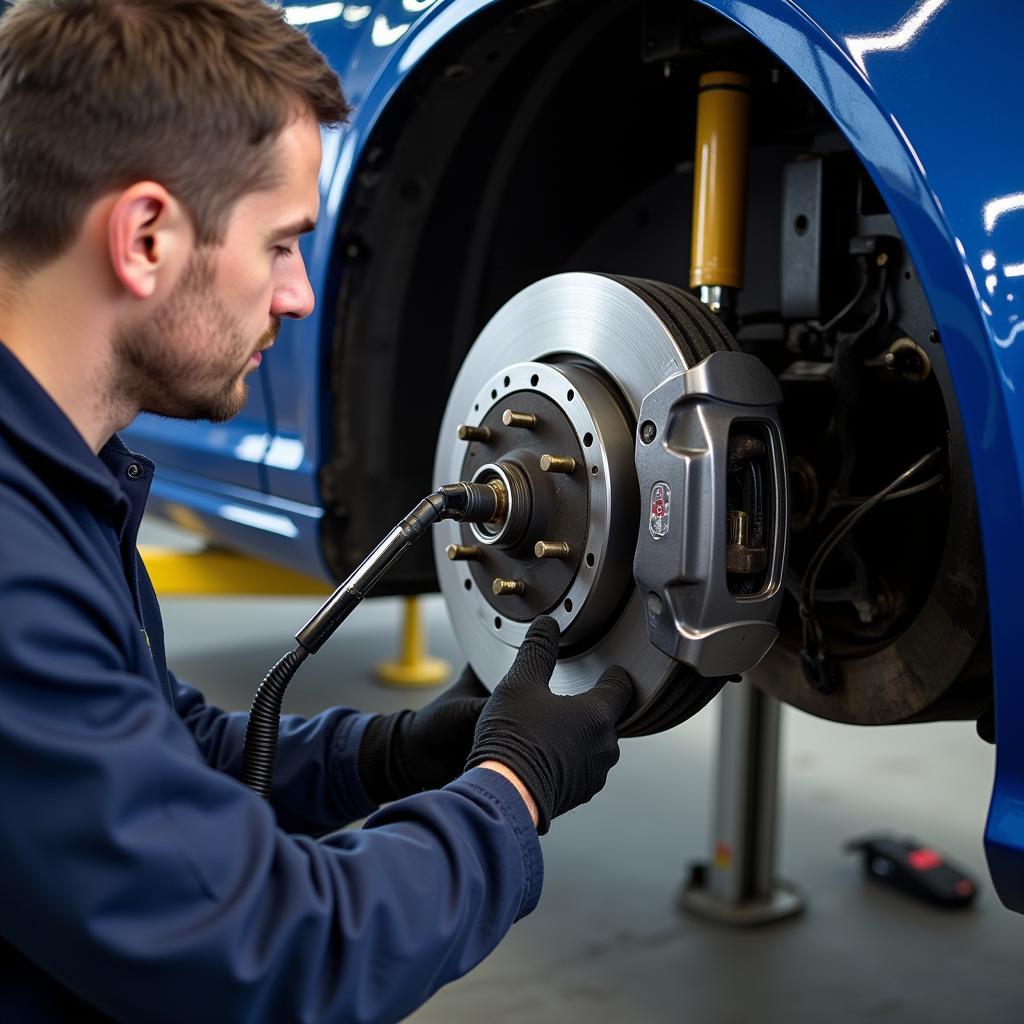A parasitic draw, also known as a key-off drain, can be a real headache for car owners. It’s the silent killer of car batteries, draining power even when the vehicle is off. Understanding the automotive parasitic draw spec is crucial for diagnosing and fixing these frustrating issues. Let’s dive into the specifics and learn how to keep your car battery healthy.
Understanding the acceptable automotive parasitic draw spec is the first step. Most manufacturers specify a maximum allowable draw of around 50 milliamps (mA), though this can vary. Anything significantly higher than this indicates a problem that needs to be addressed. Ignoring a high parasitic draw can lead to a dead battery, leaving you stranded and frustrated. If you’ve experienced a car battery totally drained situation, a parasitic draw could be the culprit.
What Causes Excessive Parasitic Draw?
There are several common culprits for a high parasitic draw. Faulty components, such as a glove box light that stays on, a trunk light constantly illuminated, or a malfunctioning radio, can drain your battery over time. Aftermarket accessories installed incorrectly can also be a source of unwanted current drain. Remember, a persistent drain can result in a car battery died from cold scenario, especially during colder months.
How to Diagnose a Parasitic Draw
Diagnosing a parasitic draw involves systematically isolating the source of the drain. This typically requires a digital multimeter and a bit of patience. The process involves disconnecting the negative battery cable and measuring the current flowing between the cable and the battery terminal. By systematically removing fuses and relays, you can pinpoint the circuit causing the excessive draw.
 Removing a car fuse to test for parasitic draw
Removing a car fuse to test for parasitic draw
“When diagnosing a parasitic draw, patience is key,” advises John Miller, a veteran automotive electrical engineer. “It’s a process of elimination, and rushing through it can lead to misdiagnosis.”
How to Fix a Parasitic Draw
Once the culprit circuit has been identified, the next step is to determine the specific component causing the drain within that circuit. This might involve checking wiring diagrams, inspecting components for damage, or testing individual components with the multimeter. If you find your battery in car keeps draining, a methodical diagnostic approach is essential.
Preventing Parasitic Draw Issues
Preventing parasitic draw issues involves careful installation of aftermarket accessories and regular checks of your car’s electrical system. Make sure all interior lights are turning off properly and address any electrical issues promptly. Don’t let a small drain turn into a big problem. If you’ve noticed your car battery dies every few days, it’s crucial to address the underlying cause.
“Regular maintenance and prompt attention to electrical issues can save you from the frustration of a dead battery,” adds Sarah Chen, a leading automotive diagnostic technician. “Don’t underestimate the importance of understanding your car’s electrical system.” When troubleshooting electrical problems, understanding whether it’s an alternator or battery fault is crucial for effective repair.
Conclusion
Understanding the automotive parasitic draw spec and how to diagnose and fix it is essential for every car owner. By being proactive and addressing potential issues early, you can prevent the inconvenience and frustration of a dead battery and keep your car running smoothly. Don’t let a parasitic draw drain your wallet and your peace of mind.



